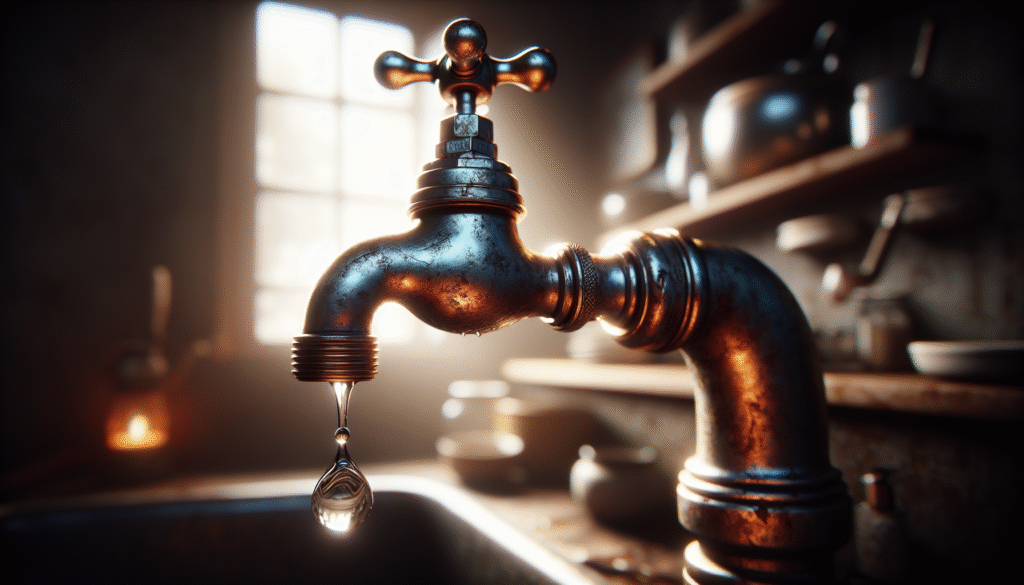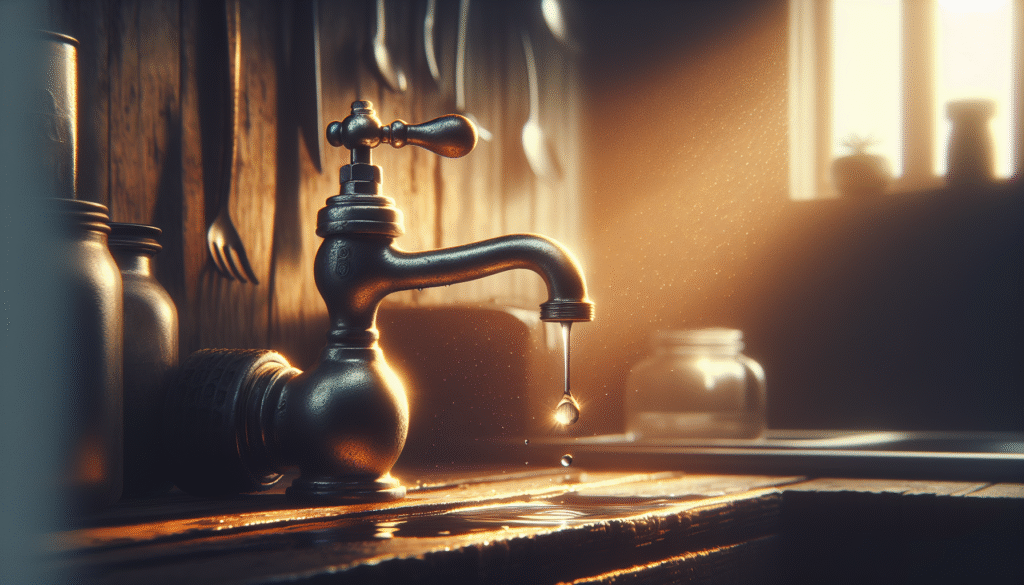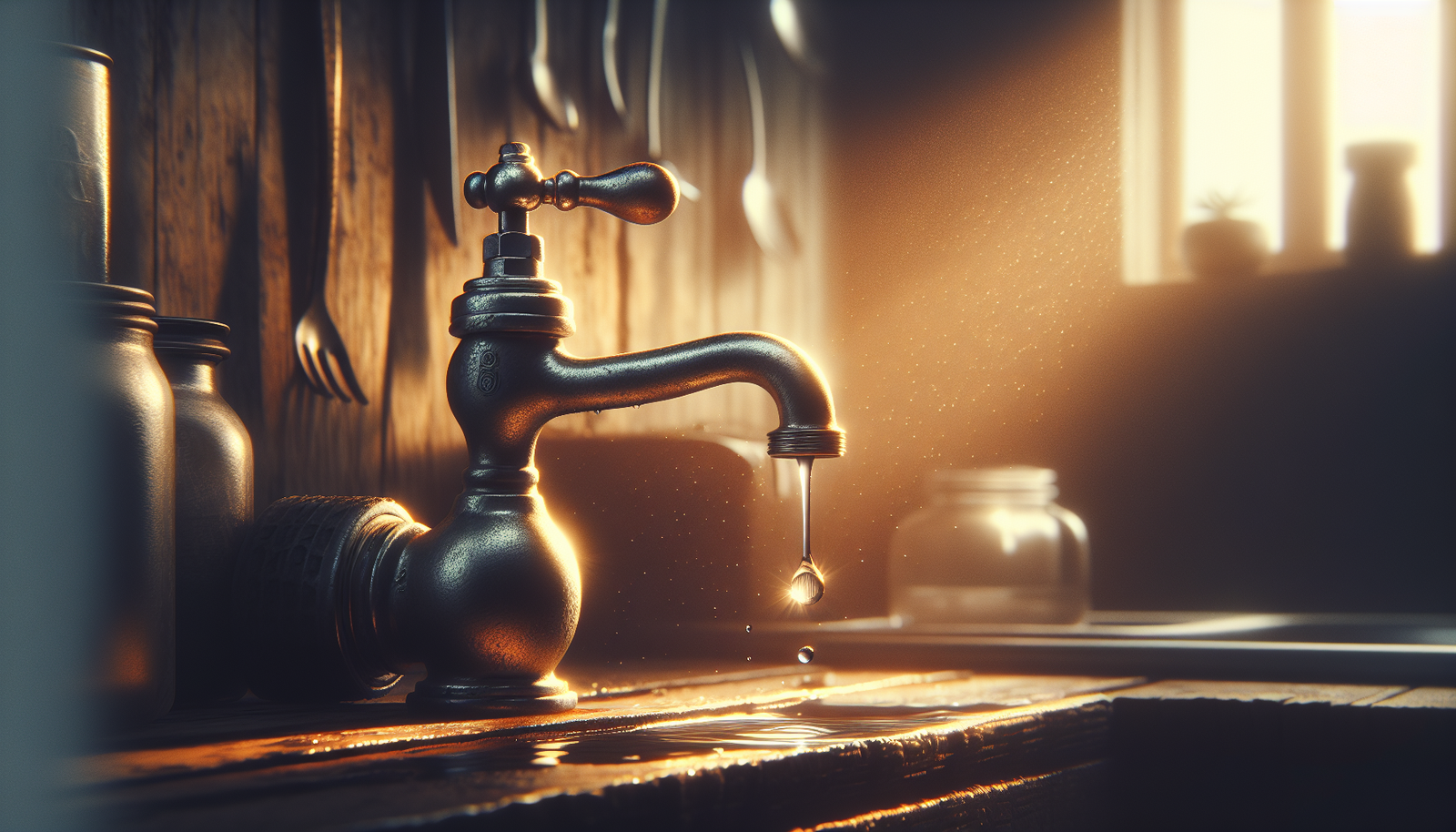Have you ever pondered the mysteries hidden within the walls of your home? Plumbing systems often operate in silence, yet when a leak occurs, the repercussions become all too evident. For homeowners, the enigma of leaks is more than just a maintenance concern; it is a question of financial protection and insurance coverage. When it comes to home insurance, understanding what is and isn’t covered can be as intricate as the plumbing systems themselves. Specifically, how does a renowned insurance provider like Allstate approach issues related to plumbing? This article seeks to unravel the whispers and insights from Allstate Home Insurance concerning plumbing leaks.

The Intricacies of Plumbing Systems
Your home’s plumbing system is a complex network of pipes, fixtures, and valves that provide essential water supply and waste disposal services. This system is pivotal not only for day-to-day activities but also represents a significant part of your property’s infrastructure. Understanding the intricacies of this system can help you better appreciate the nuances of related insurance coverage.
Understanding Plumbing Layouts
Knowing the layout of your home’s plumbing can help identify potential vulnerabilities. Most systems typically consist of supply and drainage subsystems. The supply network carries clean water to various parts of your home, while the drainage system expels used water and waste. Familiarity with this configuration can assist in identifying potential risks, such as areas where leaks may develop.
Common Plumbing Issues
Common plumbing problems include leaks, drips, blockages, and failures due to aging infrastructure. Each of these issues can lead to significant water damage, making it crucial to address them promptly. Proactively maintaining your plumbing system can help minimize risks, while understanding potential failures can inform your interactions with insurance providers like Allstate.
Allstate Home Insurance: An Overview
Before diving into specific coverage details, it’s essential to understand what Allstate Home Insurance offers. As a comprehensive service provider, Allstate covers a spectrum of home protection needs, but understanding specific terms and conditions related to plumbing is vital for maximizing your policy benefits.
Coverage Basics
Allstate Home Insurance typically includes protection against structural damage, personal property loss, and liability. However, specific terms and conditions dictate the nuances of coverage, determining what damages are reimbursable and under what circumstances. Familiarizing yourself with these stipulations ahead of time can prevent unexpected difficulties when claims arise.
Exclusions and Limitations
While comprehensive, Allstate’s coverage has exclusions and limitations, often dictated by the nature and cause of the damage. Understanding these exclusions, particularly concerning plumbing systems, can help you make informed decisions about maintenance and supplemental protection.

Does Allstate Cover Plumbing Issues?
Plumbing-related incidents fall into a gray area within insurance policies. Determining coverage often depends on the incident’s nature, cause, and documentation. Let’s explore how Allstate handles plumbing-related claims.
Covered Plumbing Incidents
Allstate may cover plumbing incidents if they’re sudden and accidental. For example, unexpected pipe bursts due to extreme temperatures or unexpected malfunctions often fall under covered incidents, provided they weren’t due to negligence or lack of maintenance.
Non-Covered Plumbing Incidents
Incidents resulting from negligence, delayed maintenance, or undeclared renovations typically aren’t covered. Insurance providers expect homeowners to maintain their property, and failure to do so can result in denied claims for damages construed as avoidable.
Maintenance vs. Insurance
To clarify, insurance is intended to cover unforeseeable and accidental occurrences, not regular maintenance or expected wear and tear. Therefore, the distinction between maintenance responsibilities and insurable events is pivotal. Routine inspections, regular maintenance, and prompt repairs are homeowner responsibilities.
Realms of Responsibility: Homeowner vs. Insurance
Understanding where your responsibility ends and where insurance begins can help navigate claims more effectively. Here’s a breakdown of duties between homeowners and insurers like Allstate.
Homeowner Responsibilities
Homeowners are tasked with regular inspections, timely maintenance, and addressing wear and tear. Neglecting these duties can lead to declining insurance claims related to plumbing failures caused by preventable circumstances.
Table: Homeowner Plumbing Responsibilities
| Responsibility | Description |
|---|---|
| Regular Inspections | Periodically checking for leaks or drips |
| Timely Maintenance | Fixing minor issues like slow drains or dripping taps swiftly |
| Wear and Tear | Replacing outdated fixtures and pipes if necessary |
Allstate’s Role
When it comes to sudden incidents despite diligent care, Allstate steps in to mitigate the financial burden. Covered events typically include unexpected accidents or incidents that couldn’t have been reasonably predicted or prevented.
Key Considerations for Insurance Claims
Navigating plumbing-related insurance claims necessitates understanding specific processes. Here’s how you can be best prepared for filing an efficient and successful claim under an Allstate policy.
Documentation is Vital
Documenting the state of your plumbing system pre-emptively helps validate your claim. Maintaining records of maintenance appointments, inspection results, and any upgrades or replacements can serve as crucial evidence in proving diligence in home care.
Prompt Reporting
Timeliness is crucial in reporting incidents. Promptly informing Allstate of any covered incident ensures a more streamlined process, allowing expedited damage assessment and claims processing.
Professional Assessments
In some cases, obtaining professional assessments from certified plumbers can corroborate your claim. Such evaluations might include determining an incident’s cause, providing estimates for repairs, and confirming adherence to maintenance schedules.
Best Practices for Protecting Your Plumbing Investment
Ensuring the longevity of your plumbing system minimizes risks and maximizes insurance efficacy. Here’s how to proactively safeguard your home’s plumbing and mitigate the potential for costly damages.
Regular Inspections
Schedule periodic inspections with qualified professionals to ensure your plumbing system functions optimally. Identifying minor issues early on can prevent larger, more expensive problems down the line.
Preventive Maintenance
Engage in preventive maintenance by routinely cleaning drains, checking for leaks, and replacing outdated pipes and fixtures. Preventing build-ups and replacing deteriorated parts can save both time and money.
Emergency Preparedness
Develop an emergency preparedness plan that includes shut-off valve locations and key emergency contacts. Quick responses can prevent extensive damage should an issue arise.
Making the Most of Allstate Coverage
Optimizing your Allstate insurance policy involves understanding coverage details, ensuring compliance with conditions, and regularly reviewing terms to accommodate changes in your home’s plumbing system.
Policy Review and Updates
Periodically review your Allstate policy to ensure coverage remains comprehensive and relevant to your home’s evolving needs. Update your policy following significant renovations or system upgrades to keep it aligned with your home’s current value.
Communication with Your Insurer
Maintain open channels of communication with Allstate representatives to clarify any uncertainties regarding coverage specifics and policy changes. Proactively engaging with your insurer can prevent misunderstandings and facilitate smoother claim processes.
Leveraging Additional Coverage Options
Evaluate additional coverage options, such as endorsements, to enhance the protection of your plumbing system. Extensions can bridge gaps in standard policies, providing peace of mind against unforeseen vulnerabilities.
Conclusion: Navigating the Plumbing Insurance Labyrinth
Demystifying the nuances of plumbing coverage under Allstate Home Insurance requires a balance of responsible homeownership and informed insurance utilization. By maintaining diligence in plumbing care and understanding your policy’s specifics, you ensure that protection remains robust and responsive.
In the whispering world of home systems, knowledge is your best ally against the chaos of unexpected leaks. Recognize your responsibilities, engage in timely maintenance, and regard insurance as a partner in safeguarding your home. While the mysteries of plumbing may never fully be resolved, clarity in coverage can bring you peace of mind in the face of uncertainty.
